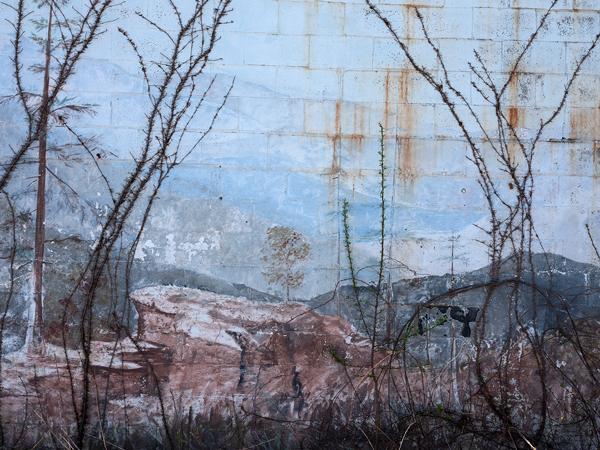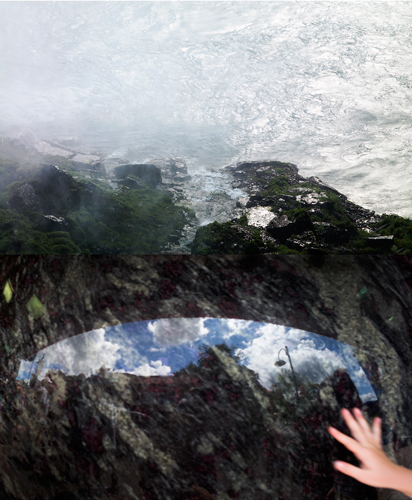
| |
| "Human intervention has caused extensive and now dire consequences for our Earth. Even for a photographer, every image is an intervention as a frame is extracted from a larger reality. And Tom Young further intervenes, montaging images of the natural world to create an alternative language so that we can stop and contemplate our role in the timeline of human history and the history of the planet we inhabit. What emerges is disquieting—and a challenge to do better. Just because we homo sapiens have outlasted other hominid species does not mean that we are not an evolutionary dead end. Tom Young's evocative images remind us that we are at a tipping point. We have to change to survive or Nature will be quite content to go on without us." —Stephen Perloff, Editor, The Photo Review |
 |
"Our Time on Earth is an astoundingly beautiful book!" "The expressive images in Tom Young's Our Time on Earth live at a poetic interface between Nature before homo sapiens and changes wrought by the hand of man on the third planet from the sun. The often ambiguous juxtaposition of natural phenomena and post-industrial landscapes in Young's photos urge the viewer toward greater awareness of our role in reshaping Earth and the future that awaits us if we continue in our present ways of being." "Artist/photographer Tom Young has a stated interest in what he calls reverb—the traces we leave behind and what they say about us. I could say "the traces humans leave behind," but Young is more deliberate in his "we," for there is a sense of belonging and responsibility that goes along with human impact, in which each person is individually implicated. His newest project grew organically: He sought out places where the visual residue of human agency were visible to him both in places where we might think they exist (such as degraded industrial sites he is so fond of photographing) and places where it might not occur to us to look. Many of the images evoke these layers of awareness through juxtapositions of visual barriers—mirrors, plastic, water, mist. Each is a framed window that both blocks and invites peering… The aggregate of viewing is an awareness of the deep interconnectedness of humans and their environment, a drama that plays out in equally beneficial and devastating ways." |
 |